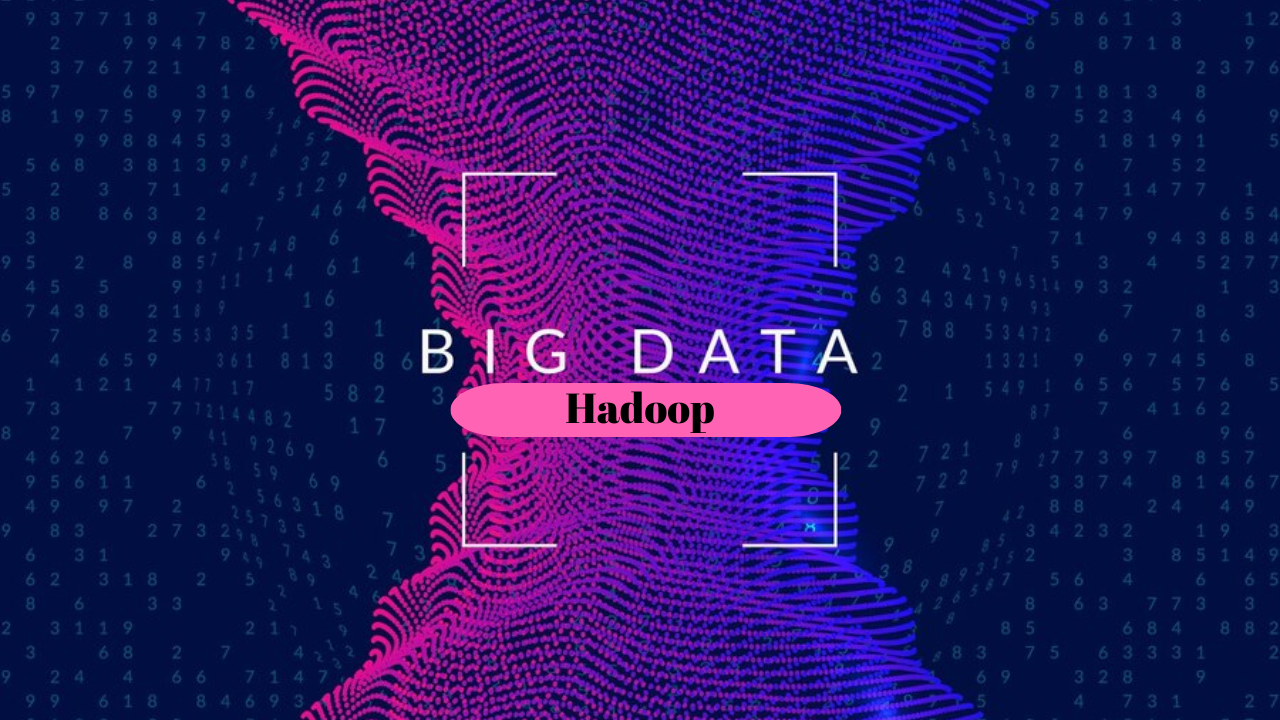In today’s data-driven world, the amount of information we generate and collect is staggering. This vast sea of data, known as big data, holds immense potential for insights, innovation, and decision-making. However, harnessing the power of big data requires specialized tools and frameworks to handle its massive volume, variety, and velocity. Among these, Hadoop stands as a prominent open-source platform that enables efficient storage, processing, and analysis of big data.

Defining Big Data
Big data refers to datasets that are too large and complex to be analyzed using traditional data processing techniques. It encompasses data that is not only large but also diverse, coming from various sources and formats. Moreover, big data is often generated at high speed, making it challenging to capture, store, and process in real-time.
The Five V’s of Big Data
To fully grasp the characteristics of big data, we can categorize it using the five V’s:
-
Volume: The sheer size of big data sets, often measured in terabytes, petabytes, or even exabytes.
-
Variety: The diversity of data types, encompassing structured data from databases, unstructured data like text or images, and semi-structured data like web logs or social media feeds.
-
Velocity: The rapid pace at which data is generated and updated, requiring real-time or near-real-time processing.
-
Veracity: The accuracy and reliability of the data, ensuring its trustworthiness for analysis and decision-making.
-
Value: The potential insights and business value that can be extracted from analyzing big data.
The Importance of Hadoop
Hadoop emerged as a game-changer in the big data landscape, providing a scalable, distributed framework for handling massive datasets. It offers several key benefits for working with big data:
-
Scalability: Hadoop can be easily scaled to accommodate the ever-growing volume of big data.
-
Fault Tolerance: Hadoop’s distributed architecture ensures data availability even if a node fails, making it highly resilient.
-
Cost-Effectiveness: Hadoop is an open-source framework, reducing the cost of data storage and processing.
-
Open Ecosystem: Hadoop supports a vast ecosystem of tools and applications for various big data operations.
Hadoop Components
The Hadoop framework consists of four core components:
-
Hadoop Common: Provides fundamental utilities and classes used by other Hadoop components.
-
Hadoop Distributed File System (HDFS): Stores large datasets across multiple nodes in a cluster, providing high availability and durability.
-
MapReduce: A programming model for processing large datasets in parallel across the cluster.
-
YARN: A resource management system that schedules and manages the execution of MapReduce jobs, as well as other Hadoop-based applications.
Hadoop Ecosystem
The Hadoop ecosystem has grown significantly, encompassing a wide range of tools and applications that extend its capabilities. Some notable components include:
-
Apache Hive: A data warehouse framework for querying and analyzing data stored in HDFS.
-
Apache Spark: A unified analytics engine that supports in-memory data processing and stream processing.
-
Apache Pig: A high-level language for expressing complex data transformations and queries.
-
Apache Flume: A data collection framework for ingesting data from various sources into HDFS.
-
Apache ZooKeeper: A distributed coordination service for managing cluster resources and metadata.
Hadoop Applications
The applications of Hadoop are vast and diverse, spanning various industries and domains. Some examples include:
-
Financial Services: Analyzing customer transactions, fraud detection, risk management.
-
E-commerce: Personalized product recommendations, customer behavior analysis, churn prediction.
-
Healthcare: Medical image analysis, drug discovery, patient care management.
-
Social Media: Social media analytics, sentiment analysis, content moderation.
-
Internet of Things (IoT): Data collection and aggregation from IoT devices, predictive analytics.
Conclusion
Big data has become an essential part of the modern digital world, enabling businesses to gain deeper insights, make informed decisions, and drive innovation. Hadoop stands as a powerful framework for managing and analyzing big data, providing scalability, fault tolerance, cost-effectiveness, and a vast ecosystem of tools. As we continue to generate and collect more data, Hadoop will play an increasingly important role in helping organizations unlock the value of big data and shape the future of our data-driven world.
